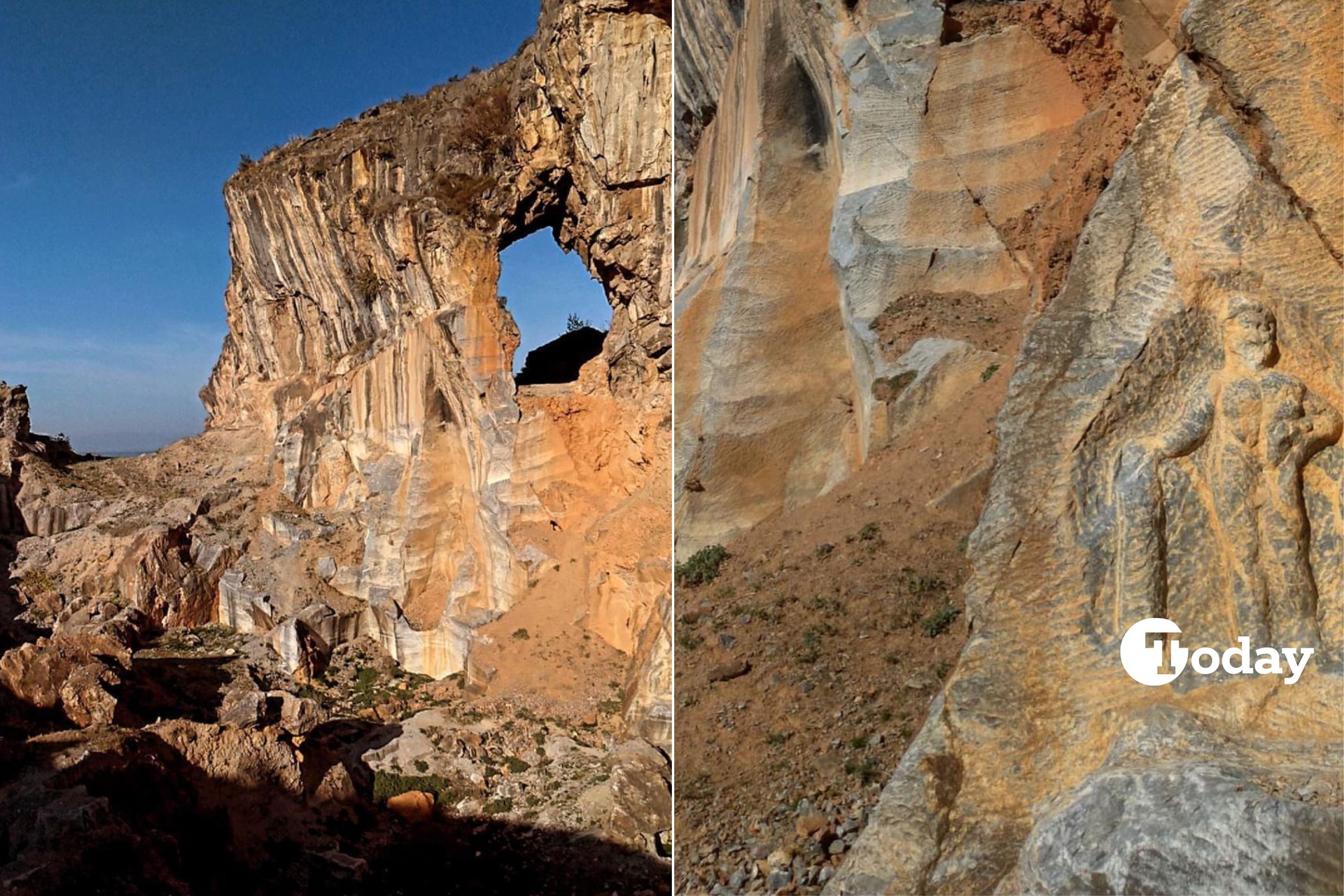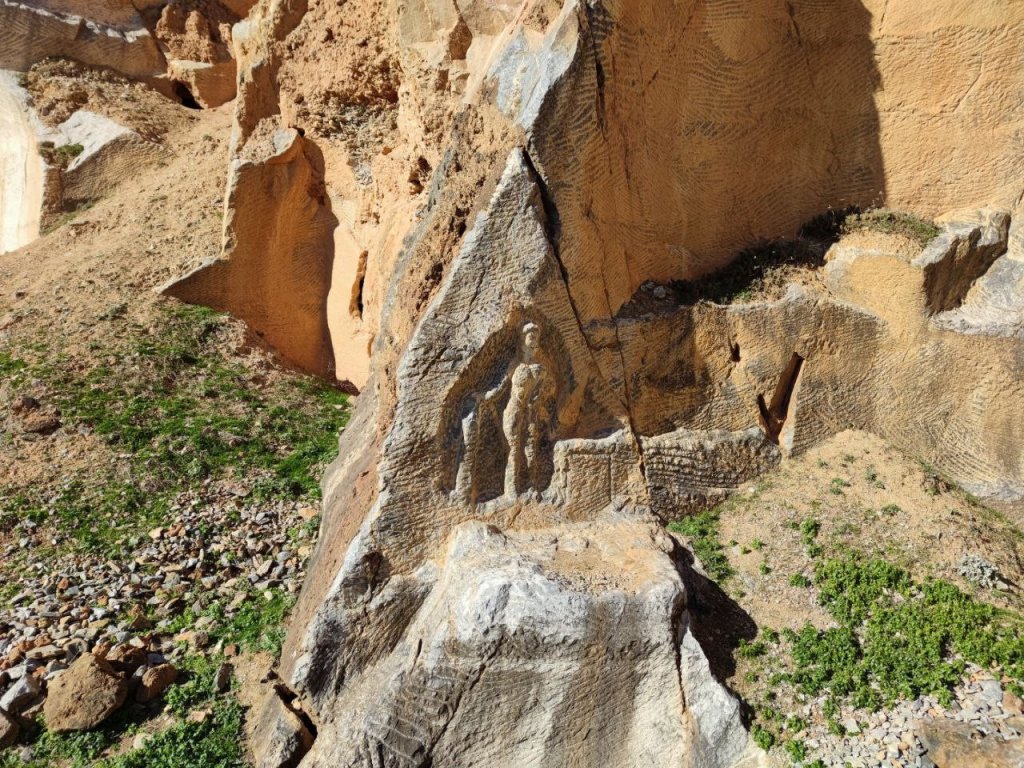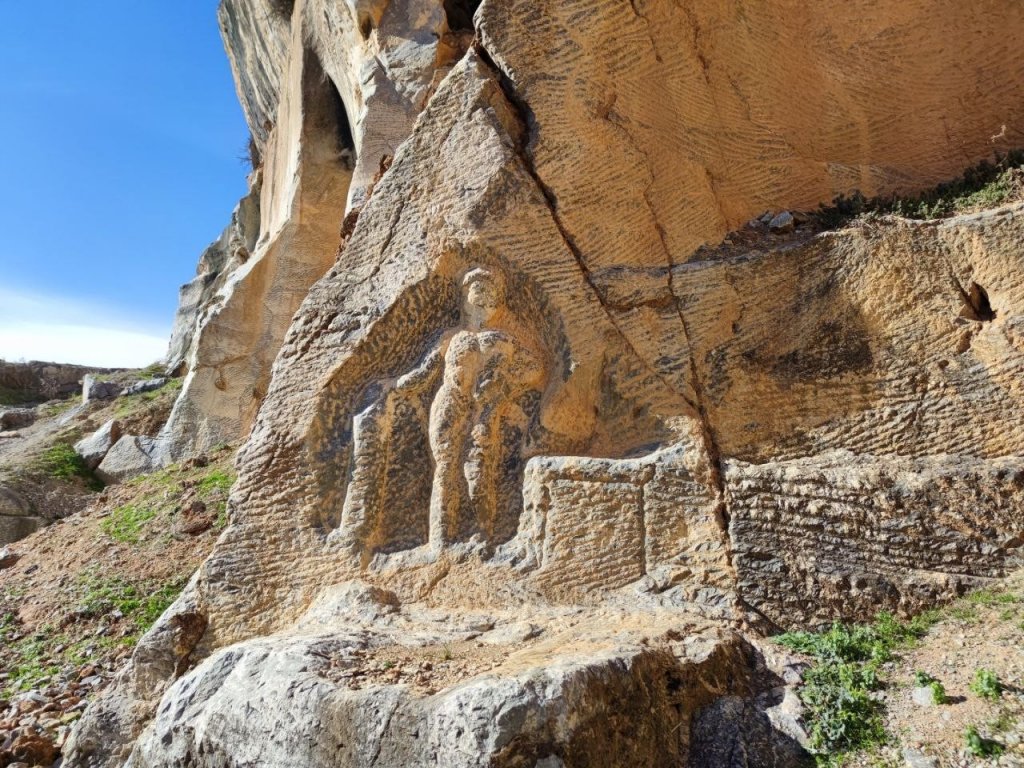
As the world celebrates International Workers’ Day on May 1, a remarkable tribute to laborers from nearly two millennia ago continues to captivate visitors in the heart of Türkiye. Located in the ancient stone quarry known as Deliklikaya near the Iznik—historically known as Nicaea—in Bursa province, a 1,800-year-old relief of Hercules carved into natural rock stands as a powerful symbol of the importance given to workers during Roman times.
The carving, believed to have been created to protect quarry laborers and provide a space for spiritual devotion, draws increasing interest from both local and international tourists. With Hercules—known in Greek mythology as Herakles—etched into the stone face, the site offers a unique blend of art, mythology, and labor history.

Despite being registered as a protected archaeological site by the Cultural and Natural Heritage Preservation Board in 1990, experts warn that the Hercules relief is now under serious threat. The lack of regular maintenance, environmental damage, and agricultural activities in the area—including the dumping of olive waste—are accelerating the erosion of this ancient artwork.
Scholars and conservationists alike are urging authorities to take swift action to preserve the relief before it disappears entirely.

The relief dates back to the third century A.D., during the Roman Empire. It was carved into recrystallized limestone in a quarry that operated during both Roman and Byzantine periods. The depiction of Hercules was likely intended to endow workers with both spiritual and physical strength. In Roman belief, sculptures and carvings of deities served as guardians against evil forces.
In the artwork, Hercules is shown wielding a club—symbolizing power—in his right hand, while holding the decapitated seven-headed serpent in his left, a clear reference to one of his mythological labors. Beside him, an altar relief suggests the location may have also functioned as a shrine for workers to offer sacrifices or prayers.